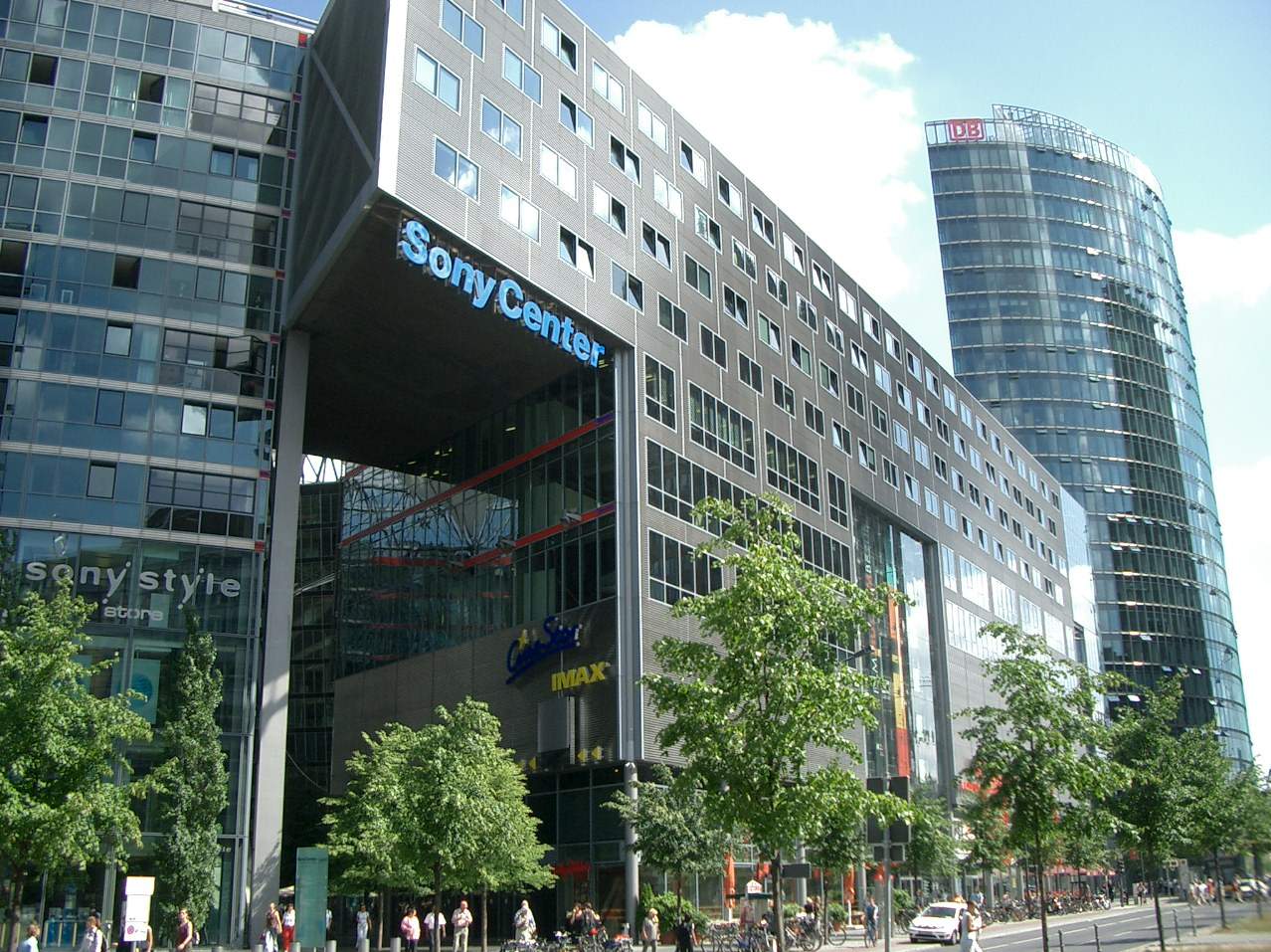Years of low interest rates and a boom in mergers and acquisitions have made American companies spend without looking back. This has resulted in the highest corporate debt in a decade, close to $1 trillion, according to a report by Goldman Sachs.
“Companies in the United States have taken advantage of low interest rates to issue record levels of debt over the past few years to fund buybacks and M&A. This has driven the total amount of debt on balance sheets to more than double pre-crisis levels,” Goldman Sachs analysts headed by Robert Boroujerdi wrote in the note, acquired by Bloomberg.
According to the bank, since the global crisis of 2008, almost $1 trillion of goodwill, a type of intangible asset that occurs when one company pays premium for another, has been added to corporate balance sheets due to the US merger and acquisition boom. This led Goldman analysts to conclude that American companies have been unable to make efficient investments.
“We view persistently high levels of goodwill when accompanied by consistently low sector-relative financial returns as an indicator that the company has not used its asset base as productively as expected, which can ultimately dampen stock returns,” the report says.
Goldman analysts say a looming US tax hike, which would be the first in almost 10 years, is likely to make investors more cautious about measures that increase corporate leverage.
“The specter of rising rates, potential global disinflation, declining operating profits and wider credit spreads continue to create near-term consternation for weak balance sheet stocks,” according to the report.
While much of that could be attributed to the energy sector, in which exploratory oil and gas firms have relied on friendly capital markets to fund growth, the trend appears widespread. Goldman points out that even after stripping out the besieged energy sector, net debt to earnings is at its highest point since the crisis.
Goodwill an Intangible Asset
A symptom of the trend appears elsewhere on corporate balance sheets in the form of goodwill, a type of intangible asset that occurs when one company pays a premium for another. Companies may have to write down the value of such goodwill at a later date if acquisitions do not pan out as expected.
Goldman estimates that close to $1 trillion of the intangible asset known as goodwill has been added to corporate balance sheets since 2008, thanks to the boom in US mergers and acquisitions.
While that is not a bad thing in itself (goodwill can represent real value in the form of a brand name, for instance), Goldman worries that it could be a sign that companies are failing to invest efficiently.
"We view persistently high levels of goodwill when accompanied by consistently low sector-relative financial returns as an indicator that the company has not used its asset base as productively as expected, which can ultimately dampen stock returns," the analysts say.
(Money spent on hefty M&A premiums and share buybacks may also go a tiny way toward explaining stubbornly low growth after more than six years of extraordinary monetary policy stimulus. Goldman points out that central bank balance sheets have doubled since the crisis, yet global growth in gross domestic product is running at a mere 3% for the fourth straight year.)
The leverage level of Corporate America is set to become a hot button topic as the Federal Reserve gets closer to embarking on its first interest rate hike in nearly a decade. Goldman joins Citigroup in warning that investors may be growing more wary of rewarding leverage-increasing corporate actions as the credit cycle turns.
"The specter of rising rates, potential global disinflation (dare we say 'deflation'?), declining operating profits and wider credit spreads continues to create near-term consternation for weak balance sheet stocks," the analysts conclude.


